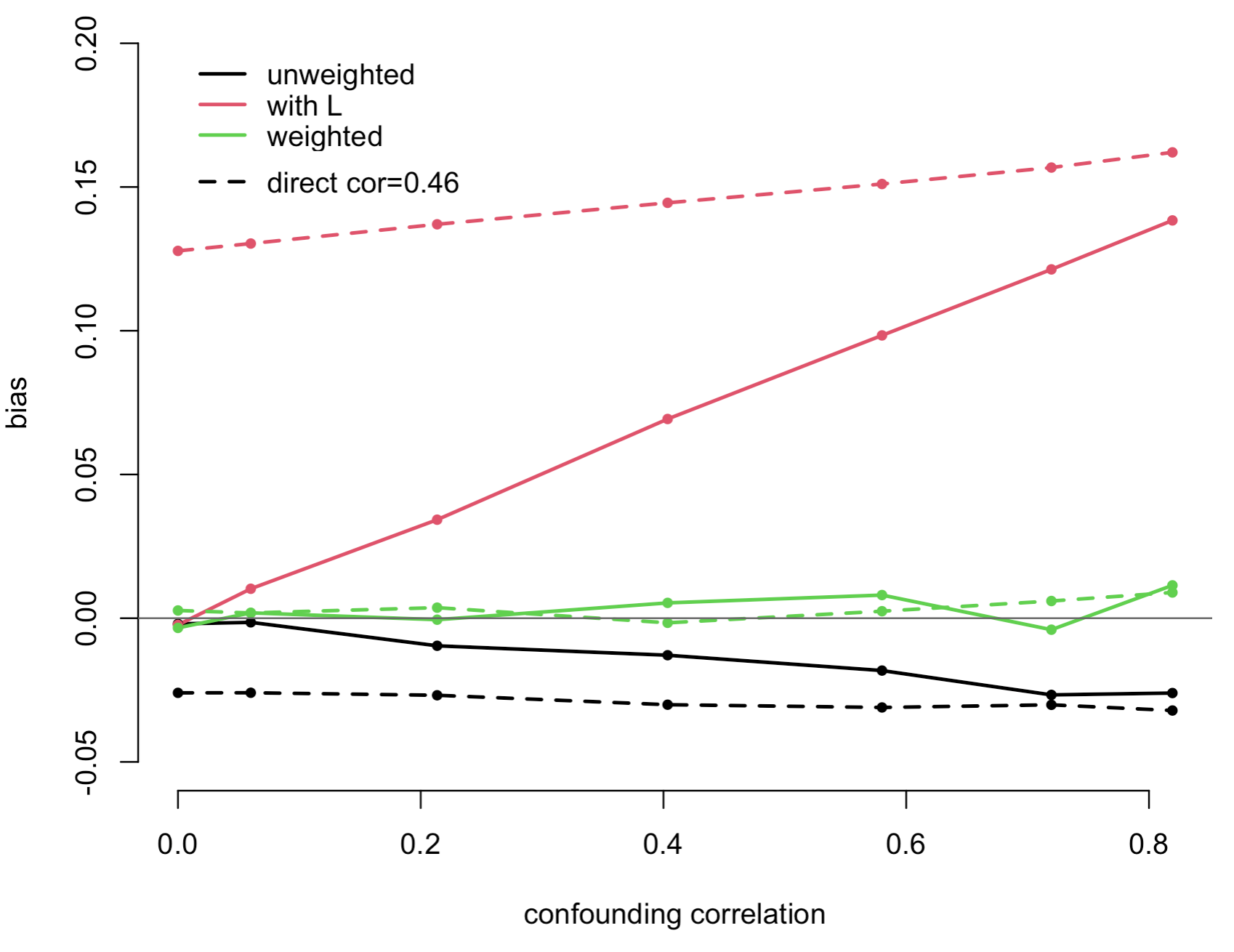Many statistical problems in causal inference involve a probability distribution other than the one from which data are actually observed; as an additional complication, the object of interest is often a marginal quantity of this other probability distribution. This creates many practical complications for statistical inference, even where the problem is non-parametrically identified. Na\"ive attempts to specify a model parametrically can lead to unwanted consequences such as incompatible parametric assumptions or the so-called `g-null paradox'. As a consequence it is difficult to perform likelihood-based inference, or even to simulate from the model in a general way. We introduce the `frugal parameterization', which places the causal effect of interest at its centre, and then build the rest of the model around it. We do this in a way that provides a recipe for constructing a regular, non-redundant parameterization using causal quantities of interest. In the case of discrete variables we use odds ratios to complete the parameterization, while in the continuous case we use copulas. Our methods allow us to construct and simulate from models with parametrically specified causal distributions, and fit them using likelihood-based methods, including fully Bayesian approaches. Models we can fit and simulate from exactly include marginal structural models and structural nested models. Our proposal includes parameterizations for the average causal effect and effect of treatment on the treated, as well as other causal quantities of interest. Our results will allow practitioners to assess their methods against the best possible estimators for correctly specified models, in a way which has previously been impossible.
翻译:因果关系推断中的许多统计问题都涉及概率分布,而不是实际观察到数据的概率分布;作为一个额外的复杂因素,感兴趣的对象往往是其他概率分布的边际数量。这给统计推理造成许多实际的复杂因素,即使问题不是对称的。用偏差来指定一个模型可能会导致一些不必要的后果,例如不相容的参数假设或所谓的“千分点悖论”。因此,很难进行基于概率的推理,甚至难以从模型中作一般性模拟。我们引入了“节率参数化”这个“准点”将利息的因果关系效果置于中心,然后将模型的其余部分放在其周围。我们这样做的方式提供了一种搭建一个定期、非编辑的参数,使用因因果数量。在离散变量中,我们使用概率比比率来完成参数化,而在持续的情况下,我们使用相交错比法,我们的方法允许我们从模型中构建和模拟以准度特定因果分布的参数化模型,我们用精确的因果化方法来模拟其结构模型,我们用结构平均法的方法,包括我们用来模拟的概率和结构模型。





